
Progressive Lenses: A Seamless Solution for Presbyopia
Posted by Debby Burk on 1st Apr 2024
Progressive Lenses: A Seamless Solution for Presbyopia
Progressive lenses represent a leap forward in eyewear technology. They offer a multi-focal solution that eliminates the need for multiple pairs of glasses.
Unlike traditional bifocals or trifocals, progressive lenses feature a gradual transition in lens power. This transition allows wearers to see clearly at various distances.
This seamless progression provides a more natural visual experience. There is no abrupt change in prescription strength, and no visible lines on the lenses.
When selecting progressive lenses, you must consider factors such as the material, design, and cost. Different lifestyles and visual demands call for tailored lens solutions. These ensure that each person receives the optimal balance between near, intermediate, and distant vision.
The fitting process is crucial. Precise measurements are required to align the lenses with the wearer's line of sight.
Professional guidance from an optometrist can greatly facilitate the transition to progressive lenses. They also provide follow-up care to address any adjustments or concerns.
Key Takeaways
- Progressive lenses offer a line-free multifocal experience for clear vision at all distances.
- The selection of progressive lenses requires careful consideration of lifestyle and vision needs.
- Professional fitting and aftercare are essential for optimal comfort and functionality.
What Is A Progressive Lens?
Progressive lenses offer a smooth transition from distance to near vision. They address presbyopia, which is the gradual loss of the eye's ability to focus on close objects often noticed in adults over 40.
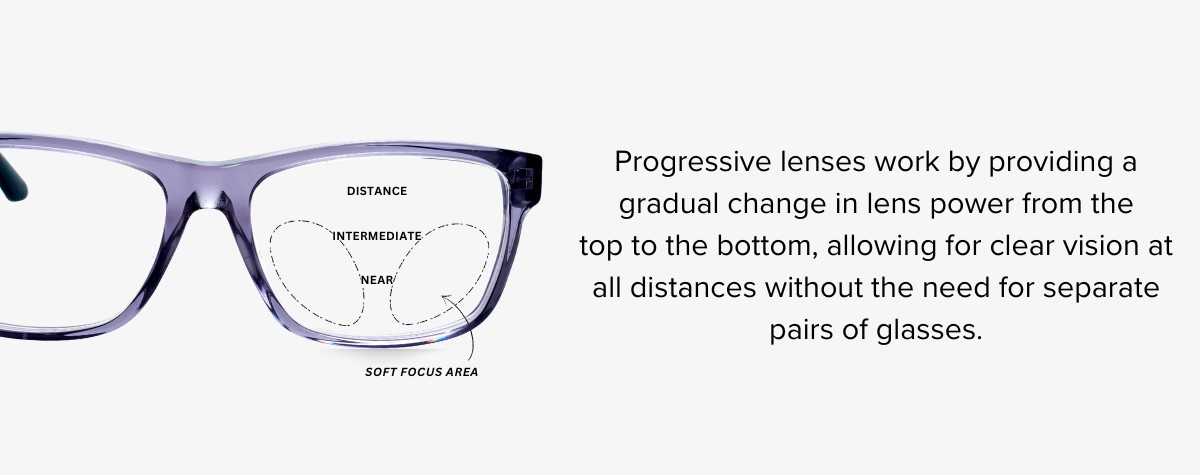
What Does Progressive Lens Mean?
Progressive lenses, also known as no-line bifocals, are multifocal lenses that provide a seamless progression of many lens powers for all viewing distances. They consist of three main zones: for distance at the top, intermediate in the middle, and near vision at the bottom.
How Does A Progressive Lens Work?
A progressive lens works by gradually increasing lens power from the top to the bottom of the lens. This gradient allows for sharp vision at multiple distances without the need for distinct visual segments, as found in traditional bifocals or trifocals.
Evolution From Bifocals and Trifocals
Progressive lenses have evolved from bifocals and trifocals, which feature visible lines and abrupt changes in lens power. We recognize the inconvenience of these lines, and thus progressive lenses were designed to eliminate them. This offers a more aesthetic solution with functional benefits.
Progressive vs. Bifocal
When it comes to progressive vs. bifocal, the former provides a wider field of vision with no visible lines. Bifocals, on the other hand, have a distinct separation for distance and near vision. This often causes a "jump" in the image as the eye moves between prescriptions. Want to learn more, click here.
What are multifocal reading glasses?
Multifocal reading glasses, including progressive lenses, contain multiple lens powers to facilitate reading at different distances. They cater to presbyopia by allowing the wearer to see clearly at all ranges with a single pair of glasses, eliminating the need to switch between different pairs.
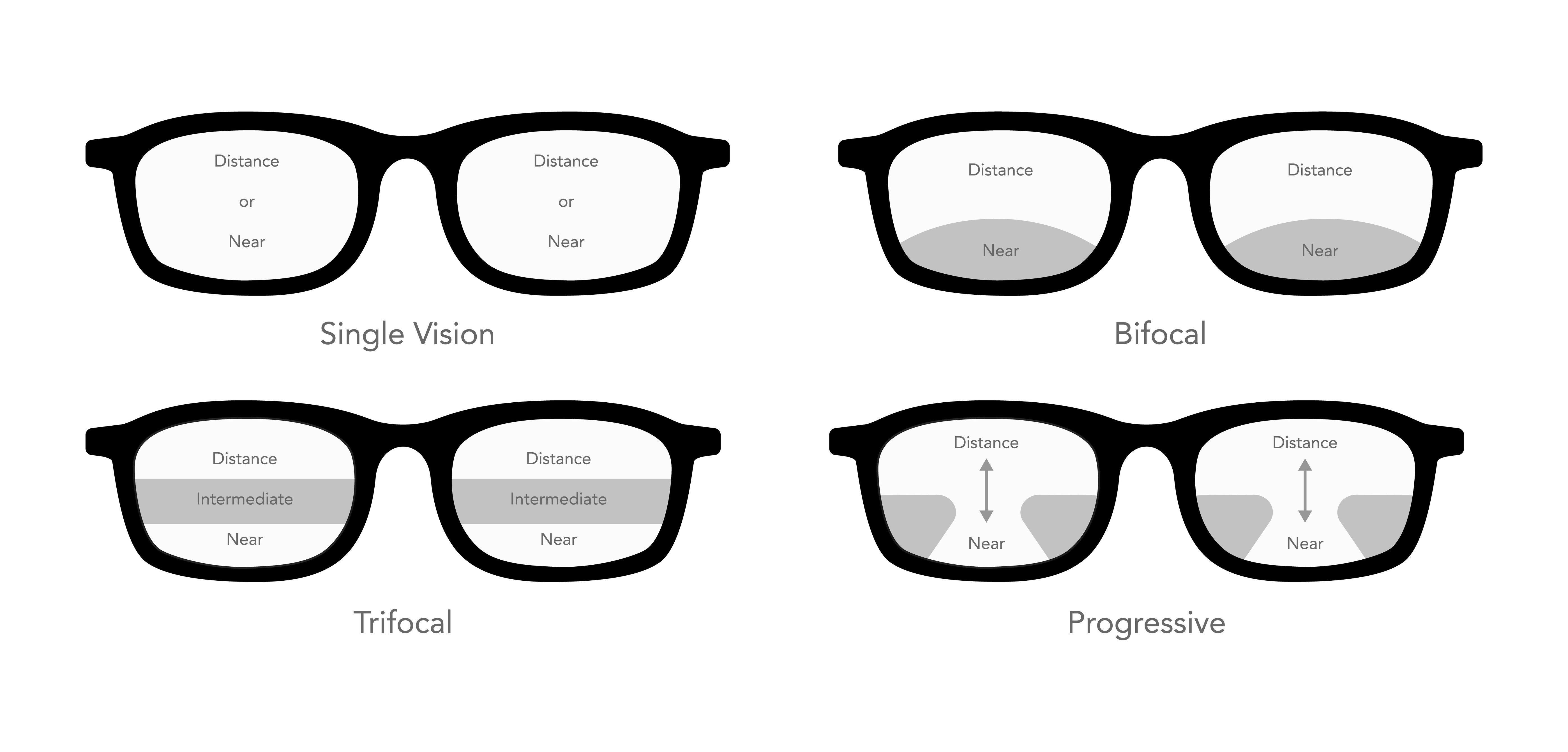
Benefits of Progressive Versus Single-Vision Lenses
Progressive lenses offer numerous benefits over single-vision lenses. The absence of lines improves visual aesthetics, and the continuous field of vision resembles natural eyesight. The adaptability across different distances also means one pair of glasses can be used in most situations.
When choosing progressive lenses, cost is a significant consideration. We'll explore the factors that affect the selection and the financial investment required for these advanced vision solutions.
Choosing the Right Progressive Lenses
Finding the right progressive lenses involves considering lens material, design, and features. We generally recommend consulting with an eye care professional to determine the best fit for your prescription and lifestyle needs.
The right progressive lenses can greatly enhance your visual comfort. Factors like lens coatings and compatibility with your frame choice also play a pivotal role.
How Much Do Progressive Lenses Cost?
Progressive lenses vary in price, typically ranging from $100 to over $800. The cost is primarily determined by the lens material, design complexity, and any additional features such as anti-reflective coatings or blue light filtering.
Here’s a simplified cost breakdown:
- Basic Progressive Lenses: $100 - $200
- Mid-Range Progressive Lenses: $200 - $500
- Premium Progressive Lenses: $500 - $800+
Debspecs has quality progressive lenses in the $20 price range
Why Are Progressive Lens So Expensive?
Several factors contribute to the high cost of progressive lenses. Advanced design technology and customized lens crafting ensure a seamless transition between different vision zones, which requires precise engineering and manufacturing.
Furthermore, premium materials and specialized coatings that enhance durability and visual clarity also contribute to the higher cost. When we factor in research and development costs for the latest advancements in progressive lens technology, it becomes evident why these lenses are priced at a premium.
Cheapest Progressive Lenses
For those seeking more affordable options, the cheapest progressive lenses are usually the basic, off-the-shelf varieties.
While these may have a lower cost, they might not provide the same level of vision quality and comfort as mid-range or premium options.
To get the best value, we recommend looking for deals, discounts, or considering vision insurance that may cover a portion of the cost. Always ensure that affordability does not compromise the quality of vision correction you receive.
Visual and Technical Aspects
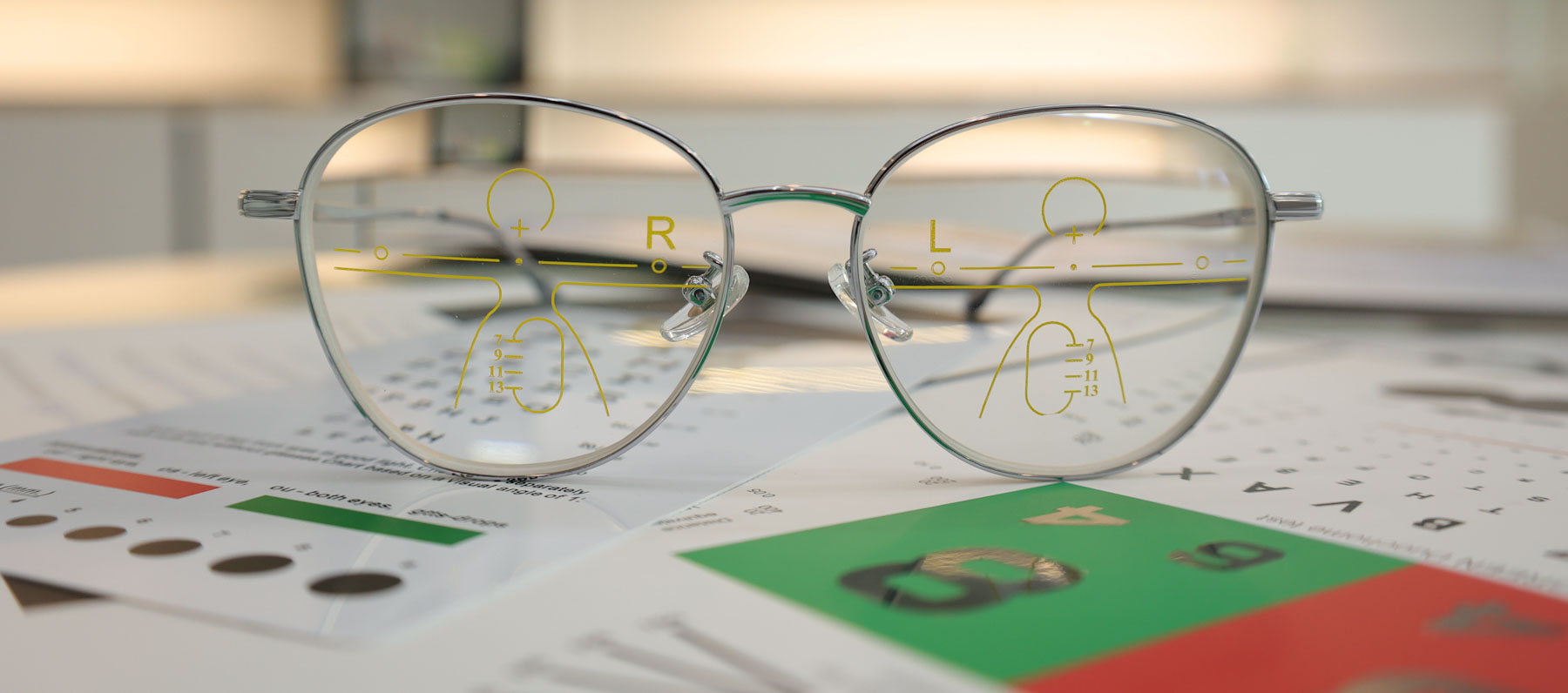
In this section, we explore the crucial characteristics of progressive lenses. We focus on how they alleviate peripheral distortion and the advancements that improve multifocal lens technology.
Addressing Peripheral Distortion
Our understanding of peripheral distortion guides us in enhancing the visual experience for those with vision problems.
Progressive lenses are structured in zones, each designed for different visual tasks. The upper zone caters to distance vision, the middle zone is optimized for intermediate vision, and the lower zone aids in close-up tasks, such as reading. However, transitions between these zones can create peripheral distortion, a common issue for new wearers.
To minimize peripheral distortion, we employ techniques such as:
- Custom Lens Design: Matching the lens design to the frame size and shape, ensuring a distortion-free reading area is as broad as possible.
- Position of Wear Measurements: Tailoring the lenses to the individual's specific facial features and how they wear their glasses, for a personalized visual experience.
The Fitting Process
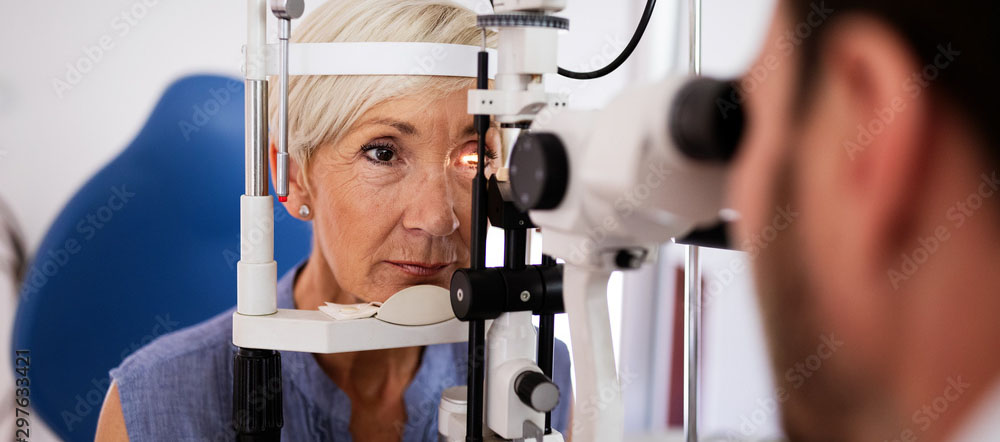
When selecting progressive lenses, precision is key. The placement of the various focal zones needs to align with the wearer's line of sight for optimal vision. This necessity underscores the importance of an accurate fitting process.
The Importance of Professional Measurement
To ensure the effectiveness of progressive glasses, professional measurement is crucial. Our eyes require precise alignment with the lenses' progressive zones, which cater to different viewing distances.
These measurements include:
- Pupillary Distance (PD): The space between the pupils, ensuring the lenses' optical centers align with our eyes.
- Fitting Height: The vertical position of the lenses in relation to our pupils, affecting the usability of the progressive zones.
- Segment Height: Specific to progressive lenses, this measurement determines where the near vision segment begins.
Professional measurement is not just about numbers but also about understanding how you use your glasses daily. It considers your visual habits and the frame's shape to customize the lens to your lifestyle.
Finding a Skilled Optician
Finding a skilled optician is the cornerstone of the fitting process. They possess the expertise to:
- Interpret measurement data accurately.
- Adjust the frame to your facial features.
- Ensure the progressive zones are tailored to your eyes.
A skilled optician not only uses advanced tools for precision but also provides personalized service to address your unique needs. Their knowledge is pivotal in making the transition to progressive lenses smooth and ensuring your glasses provide the best visual support possible.
Adapting to Progressive Lenses
When we switch to progressive lenses, we face a period of adjustment as our eyes learn to navigate the different lens zones for various distances. Patience is key, and understanding the process can simplify the transition.
How To Adjust To Progressive Lenses
First Days: Initially, we should wear our new progressive lenses consistently. It's crucial to keep the head straight and move only the eyes when looking at objects at different distances. Key habits include:
- Frequent Wear: Give yourself time for your eyes to adjust by wearing your lenses as much as possible.
- Proper Fit: Ensure your glasses fit well and the lenses are positioned correctly in front of your eyes.
How Long Does It Take To Get Used To Progressive Lenses?
The adaptation period varies but typically spans from a few days to a month. Factors influencing this timeframe include:
- Previous eyewear: If we have experience with bifocals or other multifocal lenses, adjusting might be quicker.
- Consistency of use: The more consistently we wear them, the more quickly we adapt.
Overcoming the Learning Curve
To effectively overcome the learning curve, let's focus on these aspects:
- Patience: Allow ourselves time to get accustomed without rushing the process.
- Persistence: Gradually, our brain will adapt to the lens gradients, improving our visual experience.
Tips for Avoiding Eye Strain
Combatting eye strain involves a combination of proper usage and environmental adjustments:
- Correct Viewing Angles: Look through the lower part of the lens for reading, and the upper portion for distance viewing.
- Lighting: Well-lit environments reduce the strain on our eyes.
Unique Progressive Lens Designs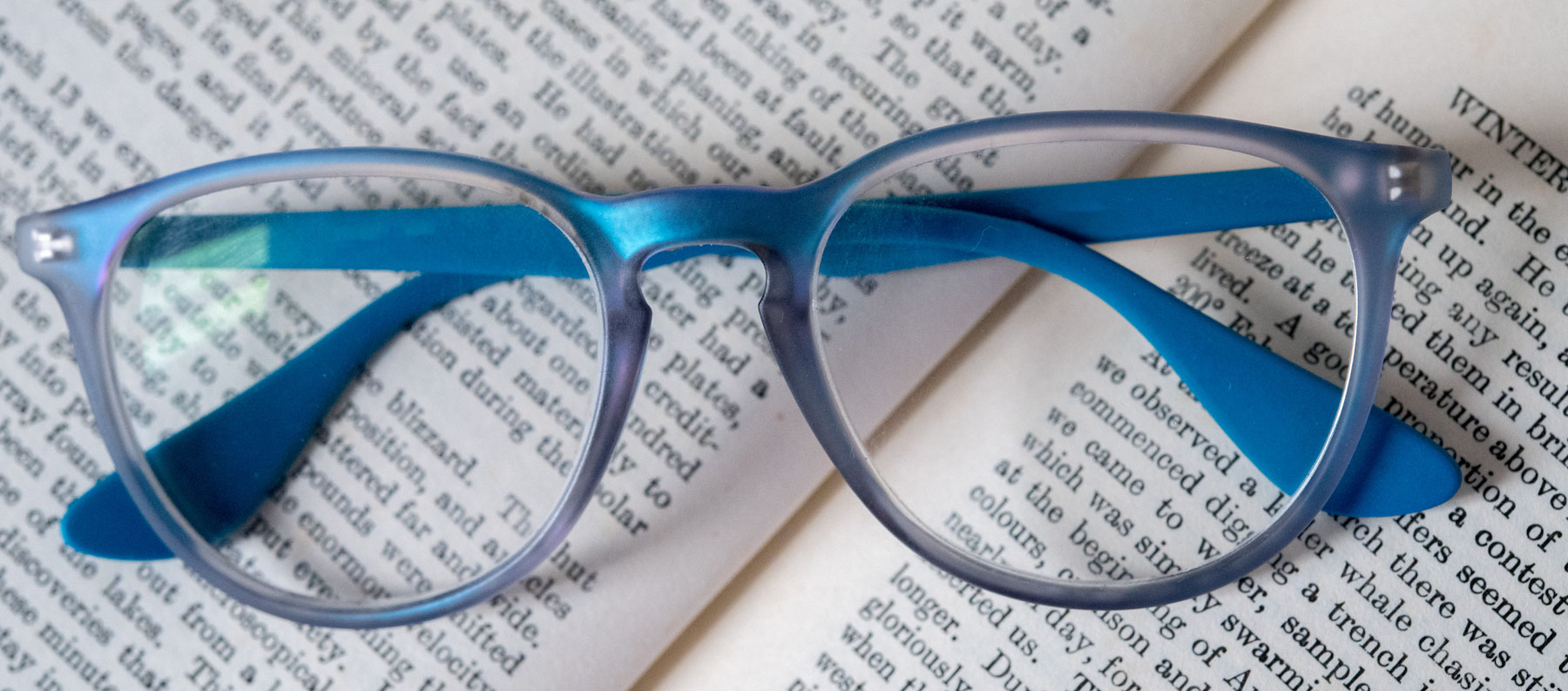
Progressive lenses have revolutionized the way we address presbyopia, offering vision correction that adapts smoothly across different viewing distances. Manufacturers have developed unique designs to meet specific needs.
Specialized Options for Specific Needs
Short Corridor Progressive Lenses are particularly suitable for smaller frames, which are fashionable and often preferred by many wearers. Their compact design ensures that the progression from near to far vision occurs over a shorter vertical distance, making them an excellent choice for those who want stylish, small-frame eyewear without sacrificing visual comfort.
For professionals and hobbyists who spend significant time in front of screens, Computer Glasses with progressive lenses are designed with a larger intermediate zone. This provides broader and more comfortable vision at close to intermediate ranges, crucial for screen work, thus reducing eye strain and accommodating a digital lifestyle.
Meanwhile, Ground-View Progressive Lenses are designed to improve ground-level visibility, suited for outdoor activities like golfing where the ground perspective is important. They help wearers avoid the disorientation that some experience when looking down through conventional progressives.
Factoring Lifestyle and Usage

When selecting progressive lenses, we need to consider how different activities and our environment affect our vision needs. It's important to tailor our choice of lenses to match our daily routines for optimal comfort and functionality.
Considering Different Activities and Environments
Different activities demand distinct visual needs. For instance, if we are nearsighted or farsighted, our progressive lenses will require a precise balance between our near and distance zones. Those who spend significant time in front of computers need to address Computer Vision Syndrome, which may necessitate specialized progressive lenses to reduce eye fatigue and enhance depth perception.
- Outdoors: For outdoor activities, we look at lenses with transitions or polarized options to reduce glare.
- Indoors: When indoors, we need to consider how often we switch our focus, such as from reading to viewing something across the room.
- Work-Related Tasks: Our workplace might demand extended screen time which can influence the design of our lens, often necessitating a wider intermediate zone to accommodate for computer use.
Progressive sunglasses combine the benefits of progressive lenses with sun protection, enhancing our experience when we’re outdoors. Given that sunlight can exacerbate eye strain, especially for us with prescriptions for either close or distant focus, it’s vital to choose progressive sunglasses that cater to our lifestyle.
- Lens Tint: Sunglasses with a gradient tint are advantageous, lighter at the bottom for closer objects and darker at the top for distance viewing.
- Activity-Specific Features: For those of us that are active outdoors, it’s important to get sunglasses that stay put despite head movement, offering natural vision without the need to adjust our glasses frequently.
In summary, by considering our environment and daily activities, we can select progressive lenses and sunglasses that provide clear and comfortable vision, tailored to our unique needs.
Alternatives and Personal Choices
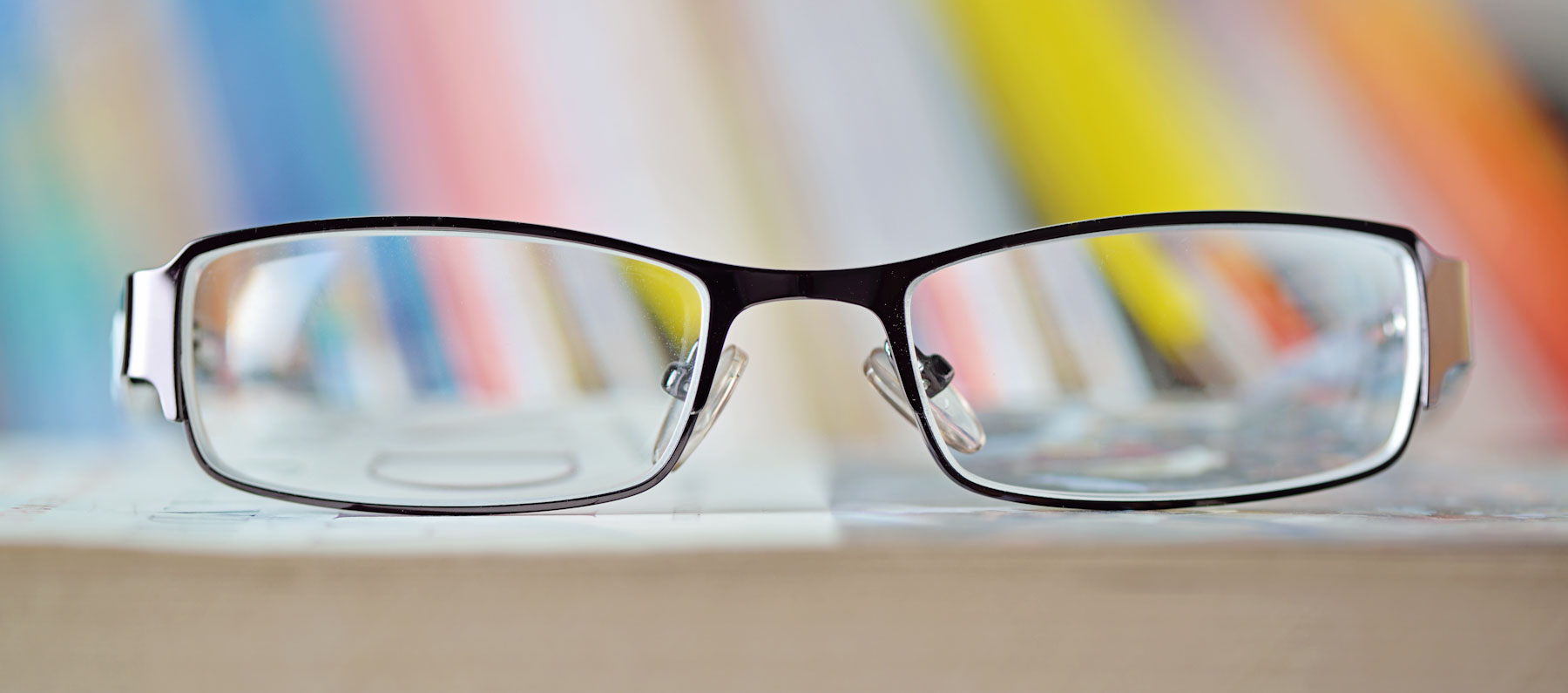
We understand that selecting the right vision correction can be pivotal for our daily activities. Within this scope, we compare progressive lenses to other popular solutions.
Comparing Progressive Lenses with Other Solutions
Standard progressive lenses are esteemed for their seamless transition between multiple vision fields. However, individuals may find multifocal glasses burdensome due to the “swim effect,” a sensation of imbalance or dizziness during acclimation.
Multifocal contact lenses cater to those who favor a glasses-free solution. They provide a range of vision corrections similar to progressive lenses, but may be less suitable for dry or sensitive eyes, a notable drawback.
Another option is monovision, where one eye is corrected for near vision and the other for distance. Though some adapt well, others may struggle with depth perception or require additional correction for intermediate vision.
For individuals spending long hours in front of screens, computer progressive lenses are optimized to reduce eye strain, with focus ranges tailored to align with computer distances.
Varilux lenses, a brand of progressive lenses, offer high-quality vision correction, minimizing distortion and facilitating clearer vision at every range. When compared to other solutions, they stand out as a robust choice, effectively balancing the weaknesses and strengths of progressive lenses.
Professional Guidance and Aftercare
When acquiring progressive lenses, we recognize the importance of consulting with eye care professionals and adhering to proper care recommendations. These steps ensure optimal vision and prolong the lifespan of the lenses.
Consulting with Eye Care Professionals
We recommend scheduling an appointment with an optometrist or ophthalmologist for a comprehensive eye exam before obtaining progressive lenses. These professionals will assess your vision needs and ensure your prescription is up-to-date. Once your prescription is determined, an optician can assist with lens selection and frame fitting.
| Eye Care Professional | Role in Progressive Lens Acquisition |
|---|---|
| Optometrist | Examines eyes, assesses vision, prescribes lenses |
| Ophthalmologist | Provides medical eye care, may also prescribe lenses |
| Optician | Helps select and fit frames, adjusts progressive lenses |
Maintenance and Long-Term Care
After receiving your progressive lenses, we emphasize the importance of following a regular maintenance routine. This typically includes:
- Cleaning your lenses daily with a microfiber cloth and a cleaning solution recommended by your eye care professional. Avoid using materials that might scratch the lenses.
- Keeping lenses away from extreme temperatures as to prevent warping or coating damage.
- Storing your eyeglasses in a protective case when not in use to prevent accidental damage.
Regular follow-up visits with your eye care provider are crucial. We advise an annual check-up or as recommended to ensure the lenses are still suited to your vision requirements and to make any necessary adjustments.
Frequently Asked Questions

In this section, we address some of the most common inquiries about progressive lenses, covering their benefits, potential issues, comparisons with other types of eyewear, cost factors, top brands, prescription accuracy, and usage recommendations.
What Are The Pros and Cons of Progressive Glasses?
Progressive glasses offer a seamless transition between different prescription strengths for distance, intermediate, and close-up vision without visible lines on the lenses. However, they may require an adaptation period and sometimes cause distortions in peripheral vision due to lens design.
What are the common issues encountered with wearing progressive lenses?
Some wearers may experience initial discomfort, such as dizziness or a “swim” effect, while adjusting to progressive lenses. Issues can also arise from incorrect measurements, such as lens height or pupillary distance, which affect where the vision zones are located on the lens.
How do progressive lenses compare with bifocals in terms of functionality?
Progressive lenses offer a more functional range of vision with gradual changes in lens power for viewing at different distances, unlike bifocals which have a distinct line separating two lens powers. This provides a more natural visual experience without the need for head movement to find the right spot for focus.
What factors contribute to the cost variation among different brands of progressive lenses?
The cost variation is influenced by lens material, design complexity, brand reputation, patented technologies, and customization options available. Premium brands may offer lenses with better optical clarity, comfort, and personalization, which affects the price.
Which brands are recognized for producing the best quality progressive lenses?
Brands like Essilor, Zeiss, and Varilux are acknowledged for manufacturing high-quality progressive lenses. They invest in research and advanced technologies to create lenses that provide sharper vision and easier adaptability.
How can you verify the accuracy of your progressive lens prescription?
To verify the accuracy of a progressive lens prescription, ensure the fitting is correct with an optician’s help. Any visual discomfort or blur should prompt a consultation to reassess the lens alignment, strength, and the positioning of the progressive zones.
Is it recommended to wear progressive lenses continuously throughout the day?
Yes, for the best experience, progressive lenses should be worn continuously throughout the day. This helps the eyes and brain adjust to the lens progression.
It also improves overall visual comfort and makes the transition between different vision zones seamless.

